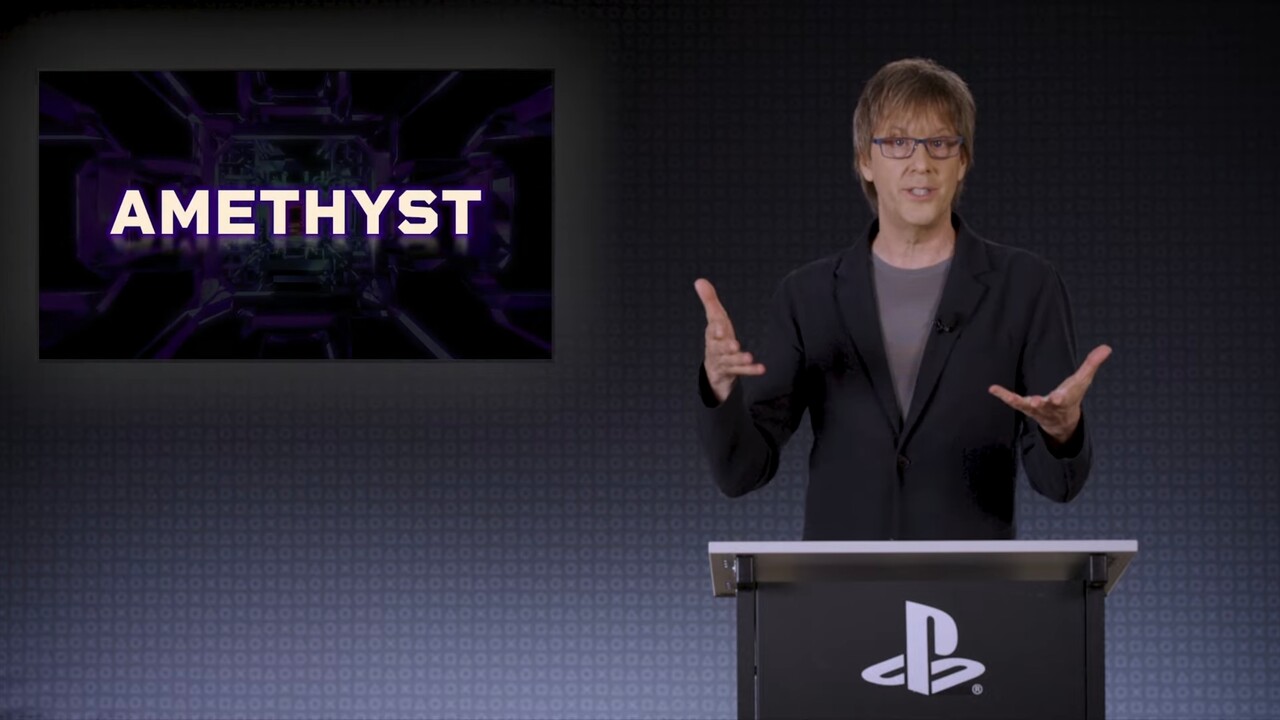Project Amethyst: AMD and Sony join forces on ML architecture 35 comments

Image: Sony
When red and blue come together, it’s either an amethyst or a joint development project between AMD and Sony under the same name. Companies that have been cooperating for years for PlayStation want to jointly develop new hardware architectures for machine learning and artificial intelligence.
PS5 Pro technical seminar by Mark Cerny
Sony’s Mark Cerny, lead architect of the PlayStation 5 (Pro), announced the joint project at the end of its “PS5 Pro Technical Seminar at SIE HQ.” In the nearly 40-minute video, Cerny discusses the technical details of the PlayStation 5 Pro, some of which have been unknown since its introduction in September. Cerny had to leave out details about the “PS5 Pro Technical Presentation”.
According to the video’s descriptions, Mark Cerny sees huge potential in future rendering, AI, ML and convolutional neural networks (CNN) technologies to increase graphics and performance on a gaming console. With the PlayStation 5 Pro, Sony has gained important insights into the development of hardware ML and neural networks and wants to continue to focus on gaming.
AMD and Sony work together
Since AMD pursues very similar and partly identical goals as Sony with the different generations of RDNA architecture, they want to work together more in the future when developing new hardware architectures for machine learning and technology. artificial intelligence: the Amethyst project.
The objective is to pool common expertise for two objectives. On the one hand, it is necessary to develop a hardware architecture more suited to machine learning, designed for generalized processing of neural networks, in order to provide a flexible architecture capable of processing a wide range of inputs and tasks, but at the same time particularly good results with lightweight CNNs for game graphics offer. The goal of the development is the “holy grail” of “fully fused networks,” an architecture for neural networks capable of merging multiple operations into a single combined operation. This aims to increase gaming performance and efficiency and reduce memory requirements.
On the other hand, AMD and Sony will develop high-quality CNNs for game graphics in parallel. Both parties can use it independently of each other.
AI also for gameplay and more devices
In order to achieve this objective, the experience acquired by AMD in the development of several generations of RDNA will be combined with that of Sony in the development of the semi-custom APU for the PlayStation 5 Pro. According to Cerny, machine learning should not and cannot be limited exclusively to graphics libraries, but must be accessible to all game developers without any barriers to entry, so that it can be used in gameplay in plus graphics.
Amethyst is therefore the complete opposite of proprietary technologies exclusive to the PlayStation and future Sony game consoles. The collaboration aims to bring machine learning to a wide range of devices.

A lifelong video game enthusiast, Julien reviews the latest releases and explores the technologies transforming the gaming world.


